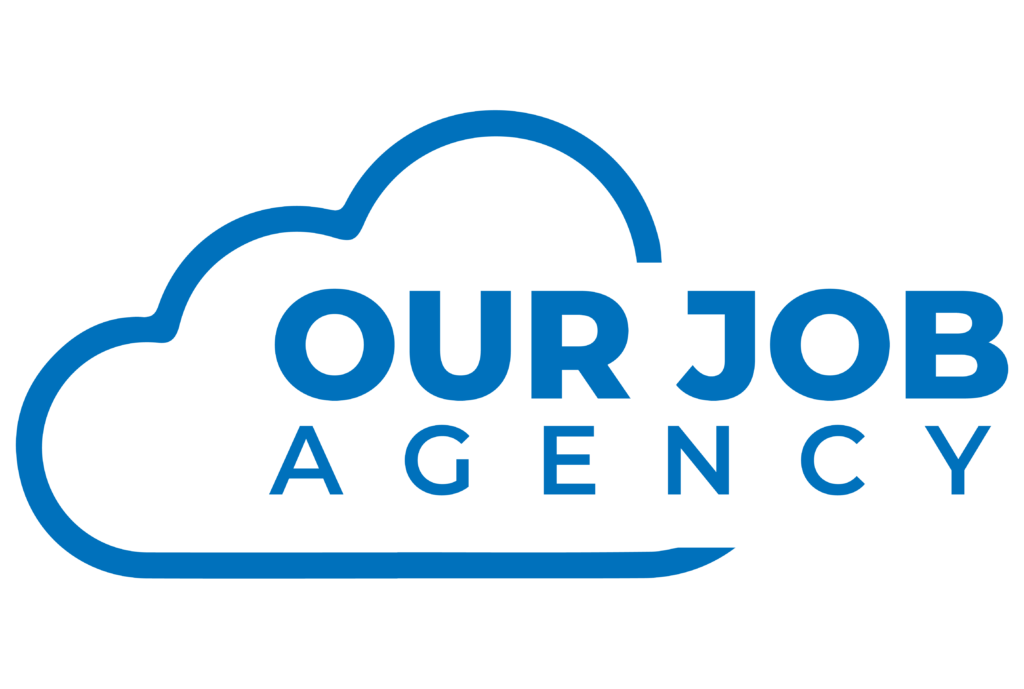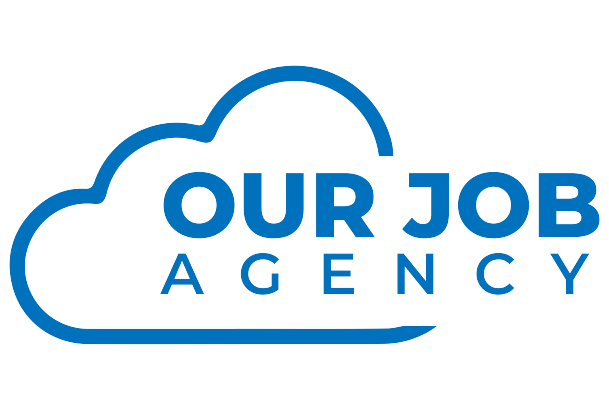
Embracing Diversity: A Catalyst for Growth
Diversity encompasses a broad spectrum of characteristics, such as race, ethnicity, gender, age, sexual orientation, abilities, and more. By actively seeking diversity in the workforce, organizations tap into a wealth of perspectives, experiences, and ideas. This multifaceted mix of backgrounds and viewpoints fosters innovation, creativity, and adaptability, allowing businesses to thrive in an increasingly global and interconnected marketplace.
Moreover, research has consistently shown that diverse teams outperform homogeneous ones. When individuals from different backgrounds come together, they bring unique insights and approaches to problem-solving, leading to more effective decision-making and better outcomes. By embracing diversity, organizations unlock a competitive advantage that propels them ahead in the market.
"Explore Exciting Job Opportunities Today - Sign Up Now!"
Sign up on our job site today and gain access to a vast database of job listings tailored to your skills and interests. Click here and start your journey towards a fulfilling and rewarding career!
The Role of Equity in Fostering Inclusion
While diversity focuses on representation, equity ensures fairness and impartiality in the treatment of individuals. Equity acknowledges that not all employees start from the same place or have access to the same resources. It involves creating an environment where everyone has equal opportunities to succeed, regardless of their background or circumstances.
In an equitable workplace, policies, practices, and systems are designed to mitigate bias and address structural barriers. It involves fair compensation, career advancement opportunities, and a supportive work environment that encourages the growth and development of all employees. When equity is prioritized, individuals feel valued, motivated, and empowered to contribute their best, leading to increased job satisfaction and retention rates.
Building an Inclusive Workplace Culture
Creating an inclusive workplace culture goes beyond having a diverse workforce and equitable policies. It requires a commitment from leadership to actively foster an environment where every voice is heard, respected, and valued. Here are some great tactics to promote inclusivity:
- Cultivate a culture of respect: Foster an environment where respect is the foundation of all interactions. Encourage open dialogue, active listening, and valuing diverse perspectives.
- Address unconscious bias: Raise awareness about unconscious biases and provide training to help employees recognize and mitigate their own biases. Implement unbiased hiring and promotion processes to ensure fairness.
- Diverse leadership and role models: Promote diversity in leadership positions to inspire and empower employees from underrepresented groups. Having visible role models creates a sense of belonging and encourages others to strive for success.
- Employee resource groups (ERGs): Support and empower ERGs that represent various identities within the organization. These groups provide a platform for networking, mentorship, and sharing experiences.
- Continuous learning and development: Provide diversity and inclusion training for all employees, from onboarding to ongoing professional development. This helps foster empathy, cultural competence, and understanding among team members.
- Transparent communication: Ensure transparent communication channels and platforms where employees can voice their concerns, provide feedback, and suggest ideas for improvement. Actively address issues and demonstrate a commitment to a fair and inclusive workplace.
Conclusion
Creating an inclusive workplace that embraces diversity and equity is not only a moral imperative but also a strategic advantage. By harnessing the power of diverse perspectives and ensuring fairness for all employees, organizations can unlock higher levels of innovation, productivity, and employee satisfaction. It requires a concerted effort from leadership, the implementation of inclusive policies, and a commitment to continuous learning and improvement. Together, let us build workplaces that celebrate the uniqueness of every individual and create a brighter, more inclusive future.
Remember, the journey toward inclusivity is ongoing, and it requires the active participation of every individual within the organization. By championing diversity and equity, we can create workplaces that truly harness the power of every individual, enabling us to achieve our collective goals and drive positive change in the world.
Get Hired Faster - Create Your Professional Profile Today!
Maximize your chances of getting hired faster by creating a professional profile on ourjobagency.com.


